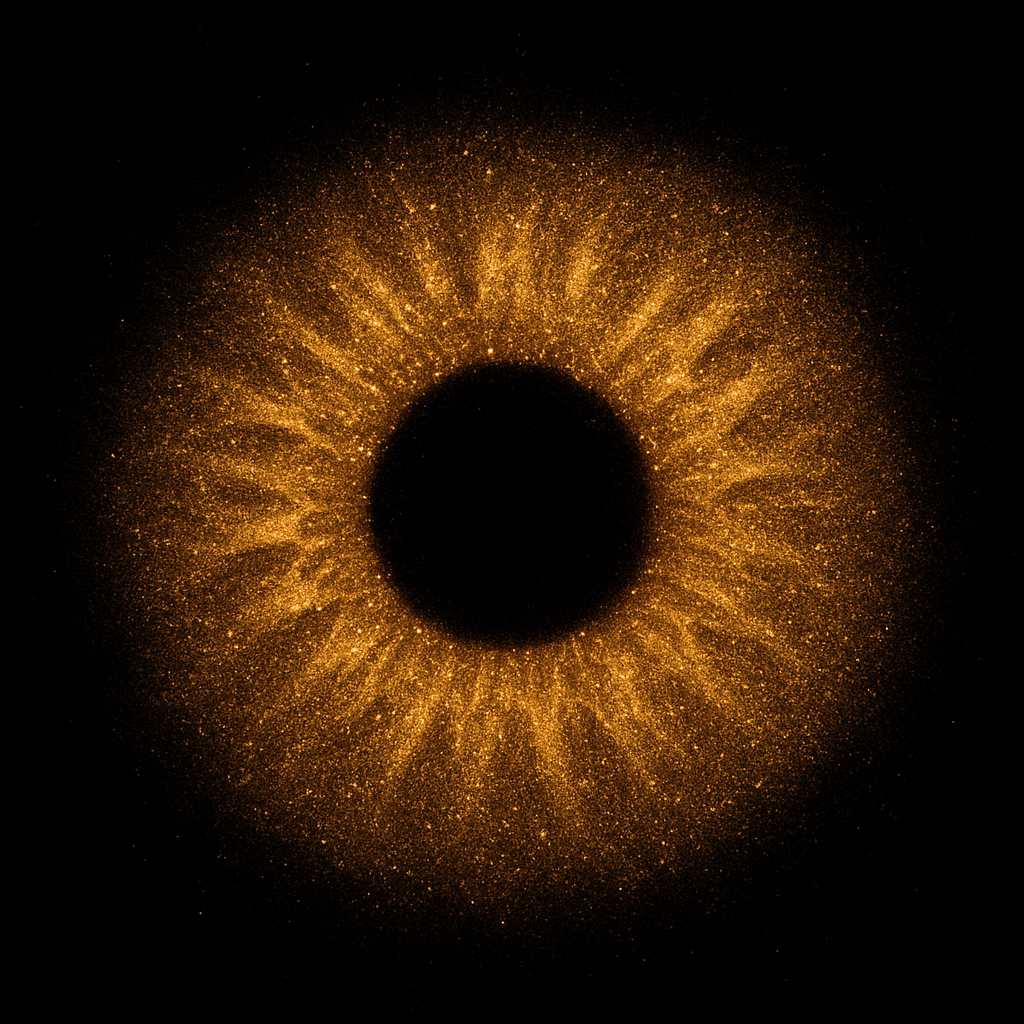Gold Nanoparticles Offer Promising New Path to Restore Vision in Retinal Degeneration
A groundbreaking study from researchers at Brown University is offering new hope for patients affected by retinal degenerative diseases such as age-related macular degeneration (AMD) and retinitis pigmentosa. Using gold nanoparticles engineered to target specific retinal cells, the team has developed a minimally invasive technique that could one day restore lost vision—without surgery or genetic modification.
Age-related macular degeneration affects millions worldwide, and is one of the leading causes of vision loss in older adults. It results from damage to the macula, a critical region of the retina responsible for central vision and rich in light-sensitive photoreceptors. While current treatments can slow the disease’s progression, they do not reverse the underlying damage. The new approach, described in the journal ACS Nano, represents a significant leap forward in the quest for effective vision restoration.
“This is a new type of retinal prosthesis that has the potential to restore vision lost to retinal degeneration without requiring any kind of complicated surgery or genetic modification,” said Jiarui Nie, a biomedical engineer at Brown University and lead author of the study. “We believe this technique could potentially transform treatment paradigms for retinal degenerative conditions.”
How the Technology Works
The technique centers around the use of plasmonic gold nanorods (AuNRs)—tiny gold particles thousands of times thinner than a human hair—conjugated with anti-Thy1 antibodies that enable them to specifically bind to bipolar cells in the retina. These cells are crucial intermediaries in the visual pathway, relaying signals from photoreceptors to the brain.
Once injected into the vitreous humor—the gel-like substance between the lens and the retina—the gold nanorods remain stably embedded in the retinal tissue. To activate the targeted retinal cells, researchers use a patterned near-infrared (NIR) laser projected through the eye. This light is absorbed by the nanorods, generating a localized photothermal effect that activates bipolar cells via temperature-sensitive ion channels. This mimics the natural signaling of photoreceptors, effectively bypassing damaged or non-functional cells.
In mouse models genetically engineered to mimic human retinal degenerative diseases, the treatment successfully evoked responses in the visual cortex, suggesting functional restoration of vision. Electrocorticogram (ECoG) recordings confirmed that neural activation was occurring in response to the laser stimulation. Importantly, the study reported no significant toxicity or retinal damage, and the nanoparticles remained in place for months without adverse effects.
A Less Invasive, More Precise Alternative
Retinal prostheses are not a new concept, but existing technologies such as subretinal implants and optogenetic therapies often require complex surgical procedures and, in some cases, permanent genetic modifications. These methods are also limited in their ability to cover large areas of the retina or to provide high-resolution stimulation.
In contrast, the gold nanorod-based method developed by the Brown University team is significantly less invasive. It requires only a single intravitreal injection and uses external patterned light to deliver targeted stimulation across a broad retinal field. The laser projection system—small enough to be integrated into a pair of glasses—offers customizable, high-resolution visual cues that can be adapted to individual patients’ needs.
“This innovation marks a significant breakthrough, setting the stage for future development of photothermal retinal prostheses such as wearable goggles,” the authors wrote in their publication.
Looking Ahead
While the results in mice are highly encouraging, further refinement and rigorous testing are needed before the technique can be applied to human patients. Translational studies will need to confirm long-term safety, optimize stimulation patterns, and adapt the technology for human-scale eyes.
Nevertheless, the research represents an important milestone in the development of non-invasive vision restoration technologies. As scientific tools continue to evolve, researchers are increasingly exploring ways to harness the potential of nanoparticles, gene reprogramming, and other cutting-edge techniques to tackle retinal diseases once considered irreversible.
“This is just the beginning,” Nie emphasized. “With further development, we believe this technology could become a game-changer in the treatment of blindness caused by retinal degeneration.”
The study, “Photothermal Retinal Prosthesis Using Antibody-Conjugated Gold Nanorods,” is published in ACS Nano.
This article contains AI generated content using information from these sources:
ACS Publications - https://pubs.acs.org/doi/10.1021/acsnano.4c14061
MSN - https://www.msn.com/en-us/news/news/content/ar-AA1DtfNf?ocid=sapphireappshare
